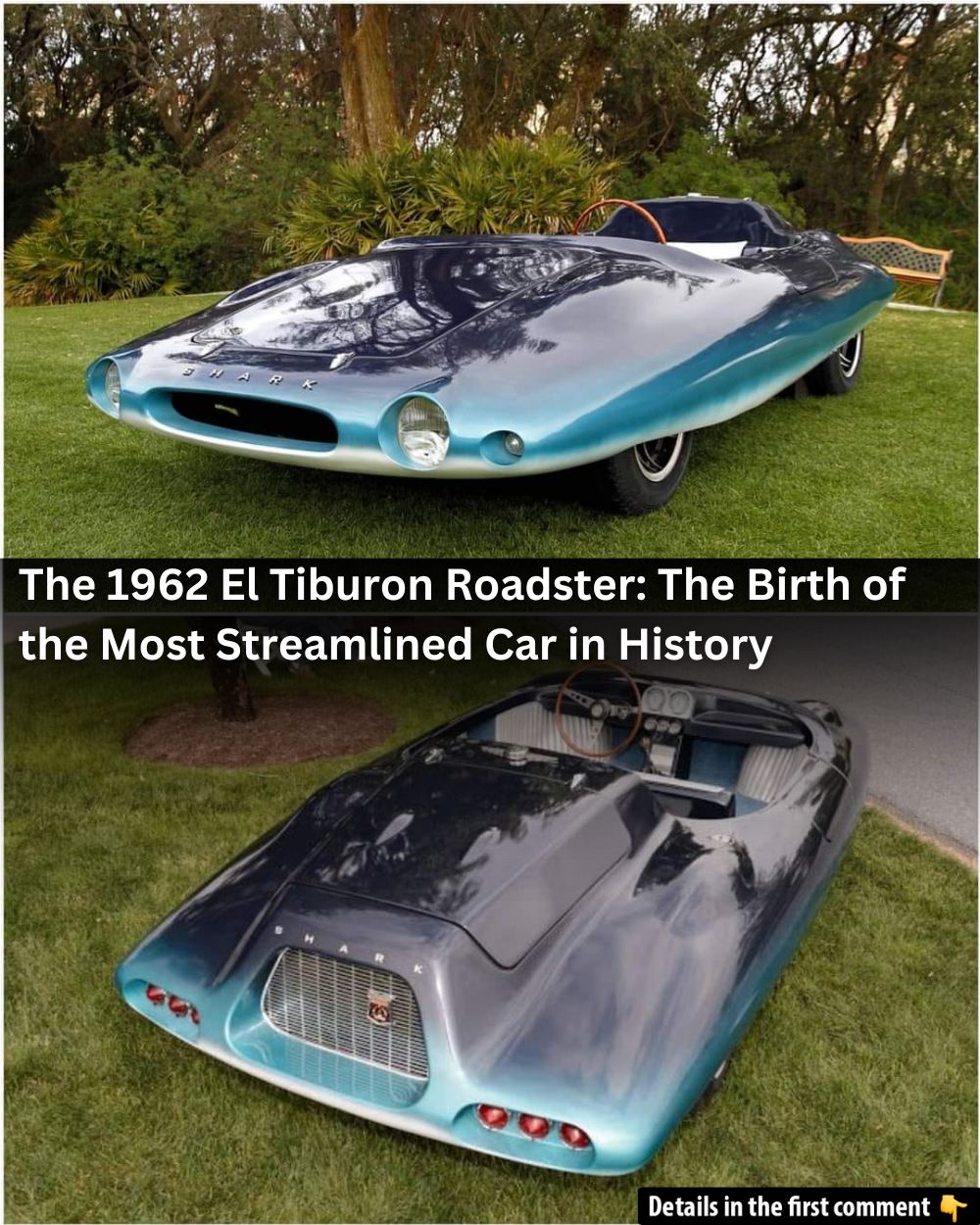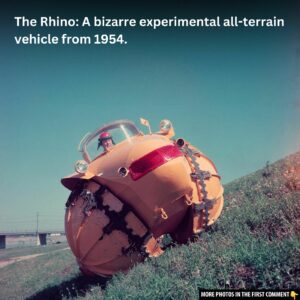In the world of automotive design, some cars are remembered for their incredible performance, others for their breathtaking looks, and then there are those that stand out for their visionary approach to engineering. The 1962 El Tiburon Roadster, affectionately known as “The Shark,” is a prime example of the latter. While its name might evoke thoughts of aggressive power and speed, its true distinction lies in its groundbreaking aerodynamic design. Created during a time when aerodynamic knowledge was still in its infancy in the automotive industry, the Tiburon was ahead of its time. In this article, we’ll delve into the fascinating story of the El Tiburon Roadster, from its inception to its lasting legacy in automotive history.
Introduction: A Bold Vision for Aerodynamics
The journey of the El Tiburon Roadster began with Henry Covington, an industrial designer based in St. Petersburg, Florida. Covington’s vision was to create a car that would break traditional boundaries of design and performance. He drew inspiration from the aerodynamic principles of Dr. Augustus Raspet, a highly respected aerodynamicist who had pioneered a number of theories that helped define the shape of vehicles in the 20th century. Covington’s goal was to build a car that would showcase the best of these aerodynamic ideas, incorporating them into a road-hugging vehicle that was as efficient as it was innovative.
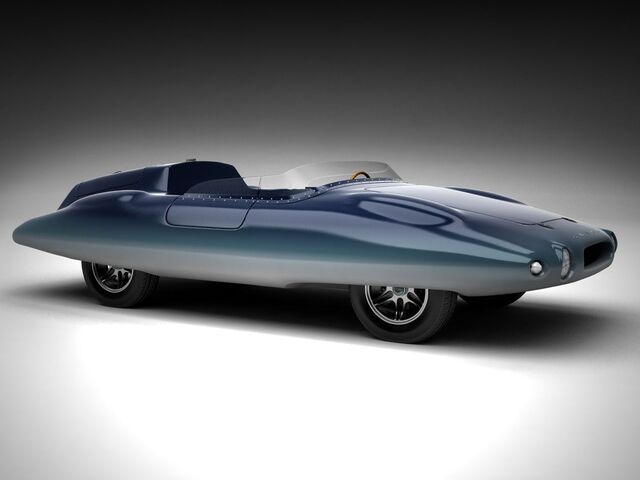
To bring this ambitious idea to life, Covington enlisted the help of Glenn Gums, a fiberglass specialist at Glenn Industries in Tampa. Gums played a crucial role in the car’s development, using his expertise to craft the lightweight fiberglass body that would become one of the Tiburon’s defining characteristics.
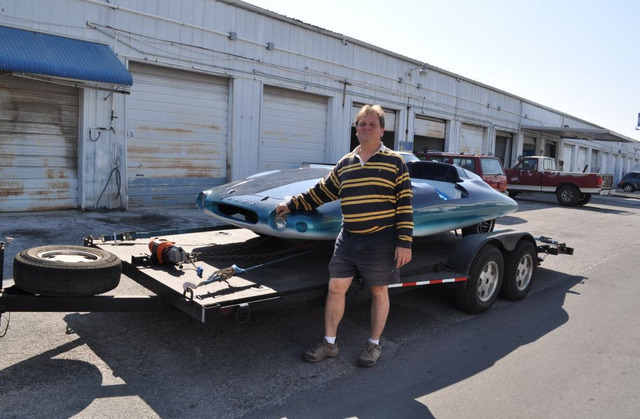
Video
Check out the video to see the 1962 El Tiburon Shark on Jay Leno’s Garage. This rare and stunning car is a must-see!
The Birth of the El Tiburon Roadster

The first prototype of the Tiburon, initially conceived as a coupe, was a groundbreaking piece of engineering. Covington, alongside Gums, developed the car with a focus on achieving optimal aerodynamic performance. The Tiburon’s design utilized the latest aerodynamic knowledge, incorporating a belly pan that was nearly as large as the car itself, which helped reduce drag and improve stability at high speeds.
Although the coupe was a remarkable achievement, tragedy struck in May 1962 when Henry Covington passed away unexpectedly. This marked a turning point in the Tiburon’s story. While Covington’s passing halted the production of the coupe, Gums continued the project, making a few modifications that would lead to the creation of the roadster variant.

Design and Features: Breaking the Mold of Traditional Cars
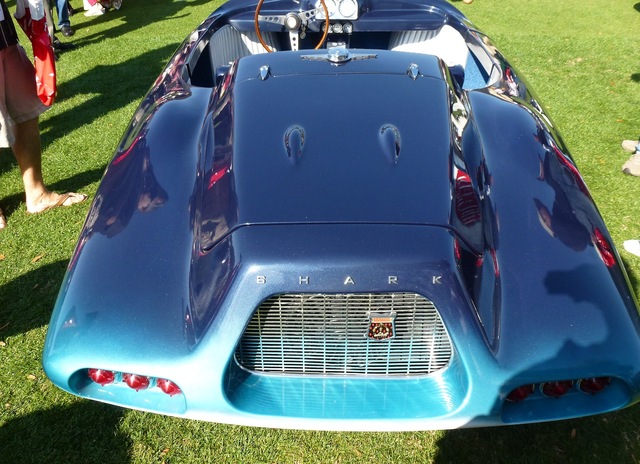
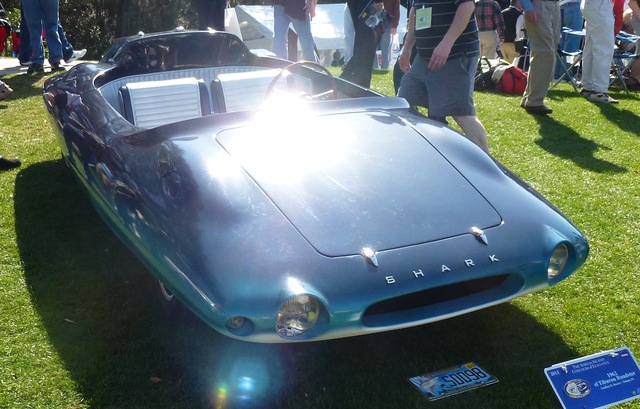
One of the most striking features of the Tiburon was its design. The sleek, aerodynamic body was a perfect example of how form and function can go hand in hand. The car featured a low, wide stance that allowed it to hug the ground, improving both its stability and its speed. The body was made of lightweight fiberglass, which helped reduce weight and further enhanced its performance.
Perhaps the most notable change Gums made was the transformation of the Tiburon coupe into a roadster. This involved removing the coupe’s roof, adding doors, and exposing the headlights—features that made the Tiburon roadster even more visually stunning and practical for everyday use. Despite these changes, the car’s core aerodynamic design remained intact, making it one of the most efficient vehicles ever created at the time.
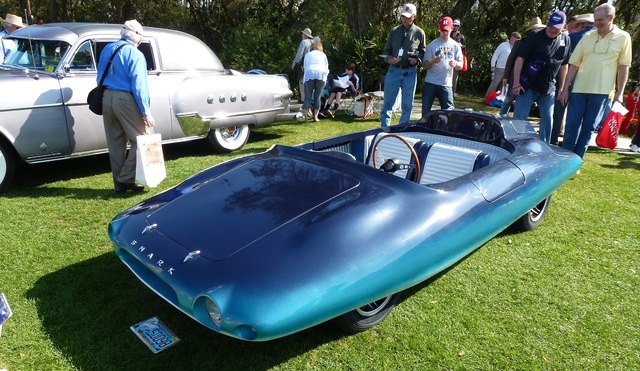
The car’s belly pan, which stretched almost the entire length of the vehicle, was another critical element of its design. This large underbody helped streamline the Tiburon, reducing drag and enhancing its aerodynamics. The Tiburon was truly ahead of its time in its use of aerodynamic features, making it a car that could not only compete with the best but also lead the way for future innovations in automotive design.
The Streamlined Success: Recognition and Legacy
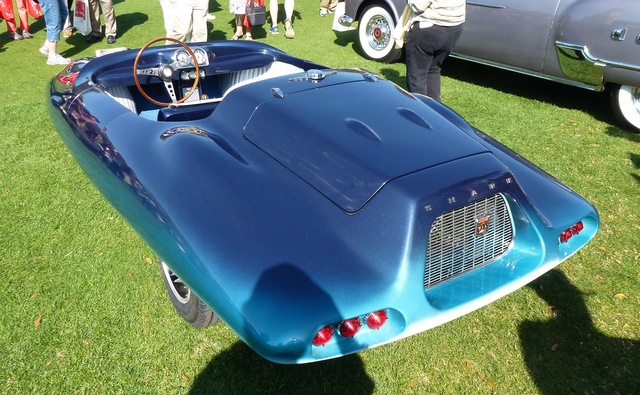
In 1966, Road & Track magazine recognized the Tiburon as the most streamlined car in the world, a title that would stand for several years. The car’s groundbreaking design made it one of the most aerodynamically efficient vehicles of its era, and its influence would continue to be felt in the automotive industry for years to come.
The recognition from Road & Track was a significant milestone for the Tiburon, solidifying its place in automotive history. It was a car that broke away from the traditional design conventions of the time and set new standards for aerodynamics, performance, and efficiency.
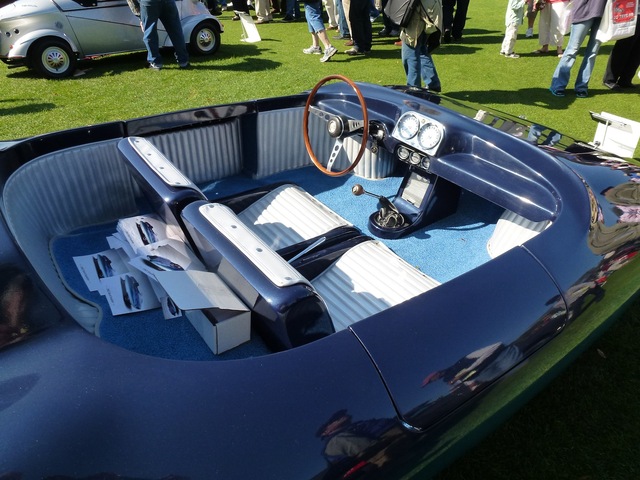
The Shark Moniker: More Than Just a Name
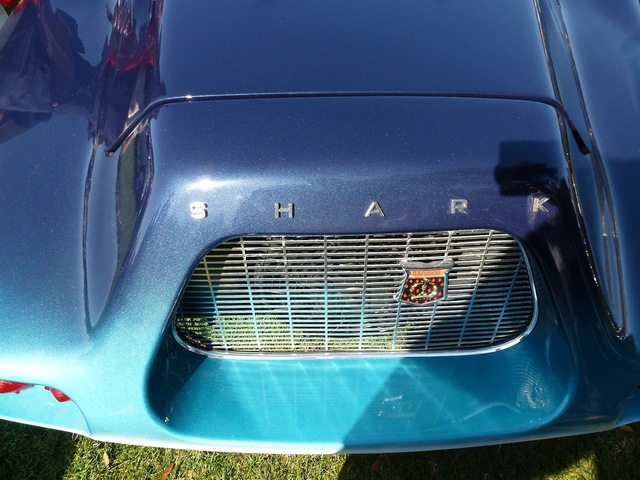
While the design of the Tiburon resembled a streamlined, catfish-like appearance, its marketing team chose to name it after a shark. The name “El Tiburon,” which translates to “The Shark” in Spanish, was likely a more strategic decision aimed at evoking images of speed, power, and agility. The sleek, aggressive styling of the car, combined with the “Shark” moniker, created an iconic image that has stuck with the Tiburon ever since.
The name also helped capture the imagination of the public, as it evoked the idea of a predator on the road—fast, efficient, and unstoppable. While the car itself may have resembled a catfish more than a shark, the marketing decision played a key role in cementing its place in automotive culture.
Production Challenges and the Limited Number of Units
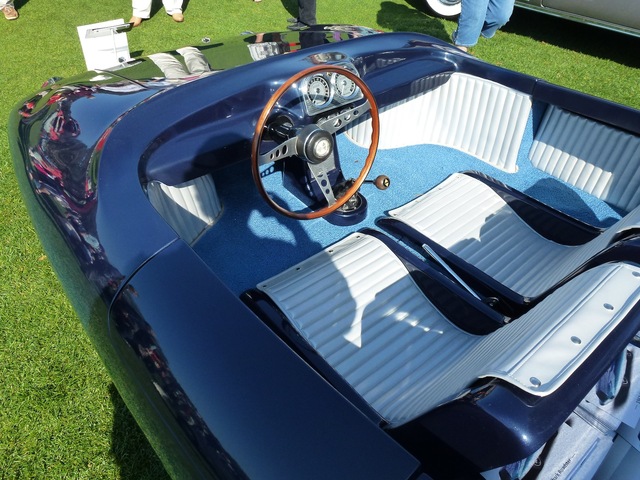
Despite its success and recognition, the Tiburon’s production was limited. After Henry Covington’s death and the subsequent modifications made by Gums, only around two dozen of the Shark roadster variants were ever produced. The limited production numbers, combined with its unique design, have made the Tiburon a rare and highly sought-after collector’s item today.
Production issues, coupled with the tragic loss of its visionary creator, meant that the Tiburon was never able to reach its full potential in terms of sales. However, this scarcity has only added to its mystique and appeal among car enthusiasts and collectors.
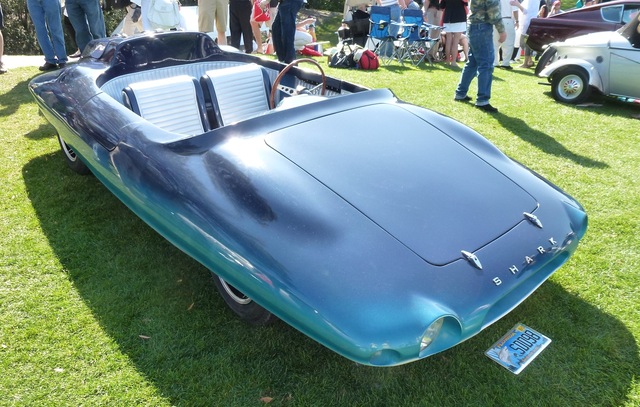
Conclusion: The Enduring Impact of the Tiburon Roadster
The El Tiburon Roadster may have been ahead of its time, but its legacy continues to influence the automotive world. The car’s sleek design, groundbreaking aerodynamic features, and recognition as one of the most efficient cars of its era make it a standout in automotive history. Though only a handful of Tiburons were ever produced, the car’s influence can still be seen in the designs of modern performance vehicles.
In a world where speed and efficiency are paramount, the Tiburon remains a symbol of innovation and ambition. The car that once captured the attention of Road & Track magazine and earned its place as the most streamlined vehicle of its time continues to inspire designers, engineers, and car enthusiasts alike. The Tiburon, with its forward-thinking design and powerful legacy, will forever be remembered as a true testament to the vision and talent of Henry Covington and Glenn Gums.
Video
Watch the video to discover 5 super insanely rare cars you won’t believe actually exist! Prepare to be amazed by these extraordinary vehicles!
